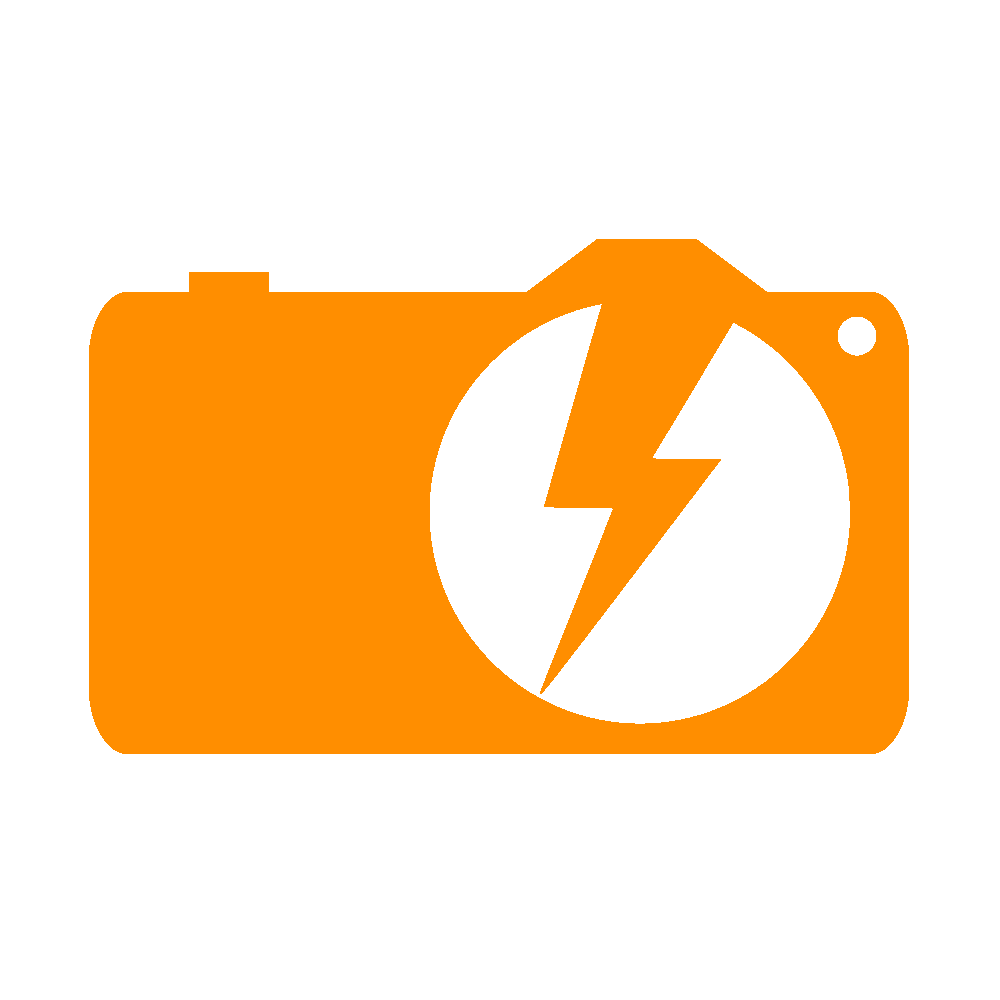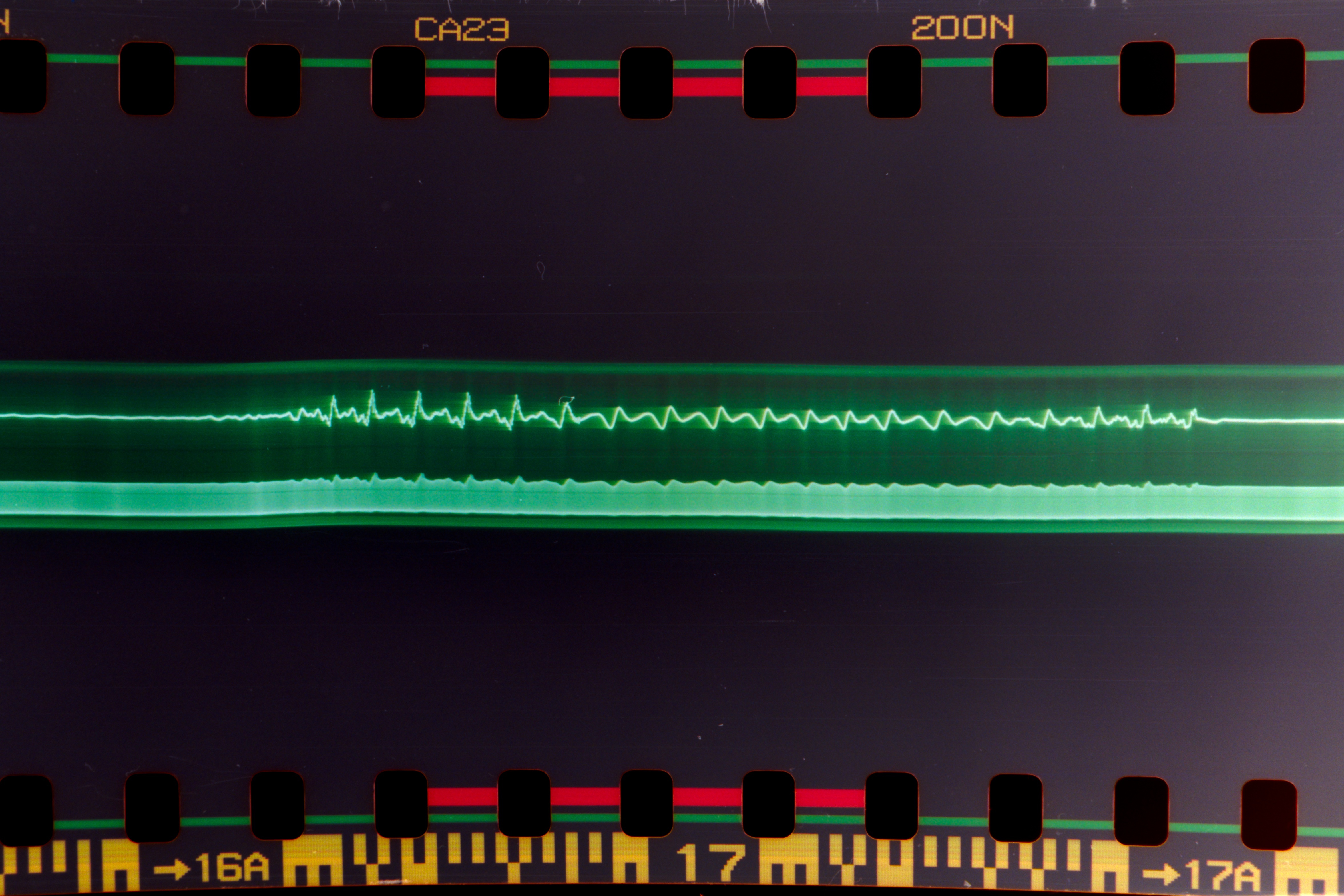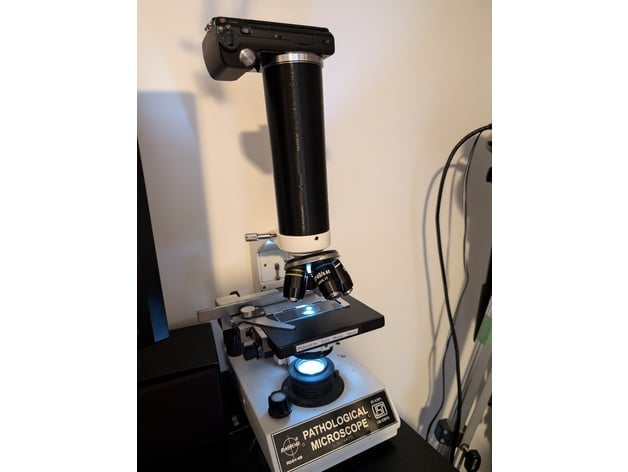I ran my first “smart” phone for more than 5 years before needing an upgrade. My latest Pixel 8 is less than a year old and now has a row of pink pixels. Never been dropped, never been wet, never fast charged.
Nik282000
- 3 Posts
- 48 Comments
This is a 10 year old house and was supposed to be built with all the latest energy saving tech, except it’s Canada and I doubt it would have passed inspection even on the day it was sold.
Nope, home made sensors and python scripts.
Previous to this the basement was always 5 degrees warmer than the rest of the house because the ductwork was so terribly installed. I spent a week sealing them all up only to find that what feels comfortable has as much to do with the humidity as the temperature so just balancing flow between floors couldn’t fix everything.
The weather outside changes things indoors way more than I expected. By looking at the graphs I can tell if it was a windy day, if it rained at all, if it was sunny and which blinds were open that day.
I noticed pretty quick how much the weather outside affects the inside of the house. When it’s windy the bedroom temperature drops fast. If it was sunny in the day there will be a peak temperature several hours after sunset as the heat soaks through the west facing brick wall. When the outside humidity jumps the inside follows fast but if the humidity drops outside it takes days for the house to catch up.
If I was clever I could probably set up a predictive thermostat that takes into account the next 6 hrs of weather when choosing to run the heat or air.
I just infer from the temp/humi sensors. When either one runs there is a very clear pulse in both readings. The UPS is an APC1400XL, it tells me it was manufactured in 2003, I cleaned out the exploded batteries and put new ones in this year and it worked fine. I think it was only ever used once (until the original batteries burst). I have the UPS supplying my server, NAS and the POE switch that powers a couple of cameras outside.
The shower, we went to bed late. There was also a rainstorm that night which skews things, but it’s curious that the shower will actually raise the humidity of the whole house for hours after it’s been used.
I used AHT21 I2C modules from Aliexpress https://www.aliexpress.com/item/1005002613543870.html . I think the one that failed last fall was a bad solder joint but I had a spare AHT21 board and ESP8266 so I just replace the whole unit.
The screenshot is a little lackluster but the video below shows it off better. The camera is an APSC sensor but the picture fills a full frame with very little vignetting. Up to 100x it looks pretty good but yeah, the DoF is literally micrometers thick.
FreeCAD has a steep learning curve, I’ve only just started with it, but it seems to cover every possible use case. Good luck!
Just PLA, I’ve only had the printer for a week. It will make it though the winter but I’m not sure about the rest of this summer.
You can import an image to an image plane using the Image Workbench then scale it. After that it can be shown or hidden like any other part of your design so you can just trace over it.
Yup, 2010 B2500.
I plan on cranking out replacement and upgraded parts for it now that I got the stringing under control.
I have an old set of vernier calipers that got me all of the non-curved measurements.
Glad you liked it!
Thanks, I ended up using a photo to get the profile into FreeCAD. It’s not a friction fit but with the phone in place it’ll never move.
“File Browser” or “Sharry” allow you to make public links to share files with others BUT you need to run them on a server that is accessible to both parties.

 3·8 months ago
3·8 months agoChaotic good, right there.




That is pretty much why. I took one programming class in high school (2004) and since then alway enjoyed solving software puzzles.